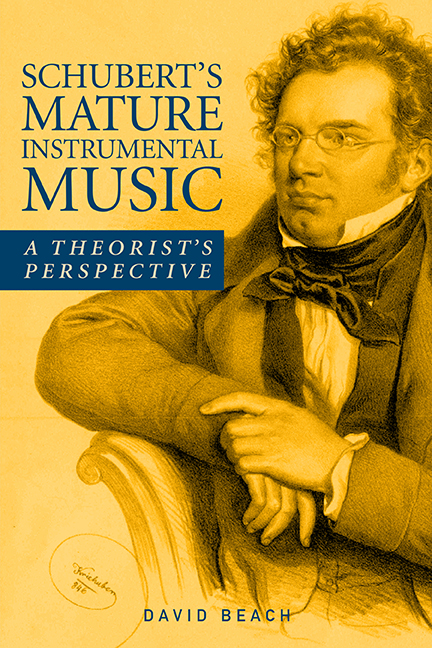Summary
The topic of phrase rhythm has become central to our understanding of tonal music, and for that reason I offer the following brief comments from my Advanced Schenkerian Analysis: Perspectives on Phrase Rhythm, Motive, and Form for those not conversant with this aspect of musical organization.
The term “phrase rhythm” refers to the interaction of phrase, a unit of tonal motion with a clearly defined beginning that leads to a point of rest (a cadence), and hypermeter, the existence of recurring patterns of accented and unaccented measures. The components of a hypermetric group or unit, called hypermeasures, function much the same as beats within a measure. By definition, then, hypermetric units are beginning accented with the first measure of the unit receiving the greatest stress. In Free Composition, Schenker has pointed out that hypermeter most naturally occurs in multiples of two. The most common hypermeter is quadruple, but duple is fairly common as well. Hypermetric groups containing an odd number of measures are relatively rare, and when we do encounter them, they often occur in pairs.
Before considering any of these situations, perhaps it would be helpful first to address two fundamental questions. First, should we assume the existence of hypermeter in Schubert's music? The answer is a qualified yes, though it is less clearly articulated and less periodic in some instrumental works than in others. As a general rule, the clearest examples of metric regularity are found in movements that have their roots in dance music, like the minuet or its frequent replacement, the scherzo. But even with the scherzo, you can expect that the established pattern will inevitably be undermined in some way sooner or later. Hypermetric organization is certainly an important component in most, though not all, of Schubert's sonata forms. The second question is: How do we recognize the existence of hypermeter? We do so on the basis of repeated tonal and/or rhythmic patterns.
Let us begin by looking at the opening measures of the scherzo movement from the “Trout” Quintet, which is provided in example 2.1. Here the quadruple hypermeter is clearly articulated in the first twelve measures, as indicated above the piano part.
- Type
- Chapter
- Information
- Schubert's Mature Instrumental MusicA Theorist's Perspective, pp. 38 - 60Publisher: Boydell & BrewerPrint publication year: 2017

